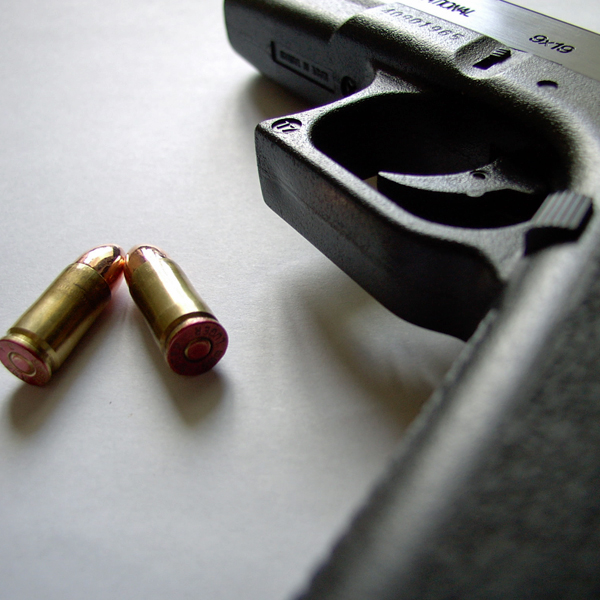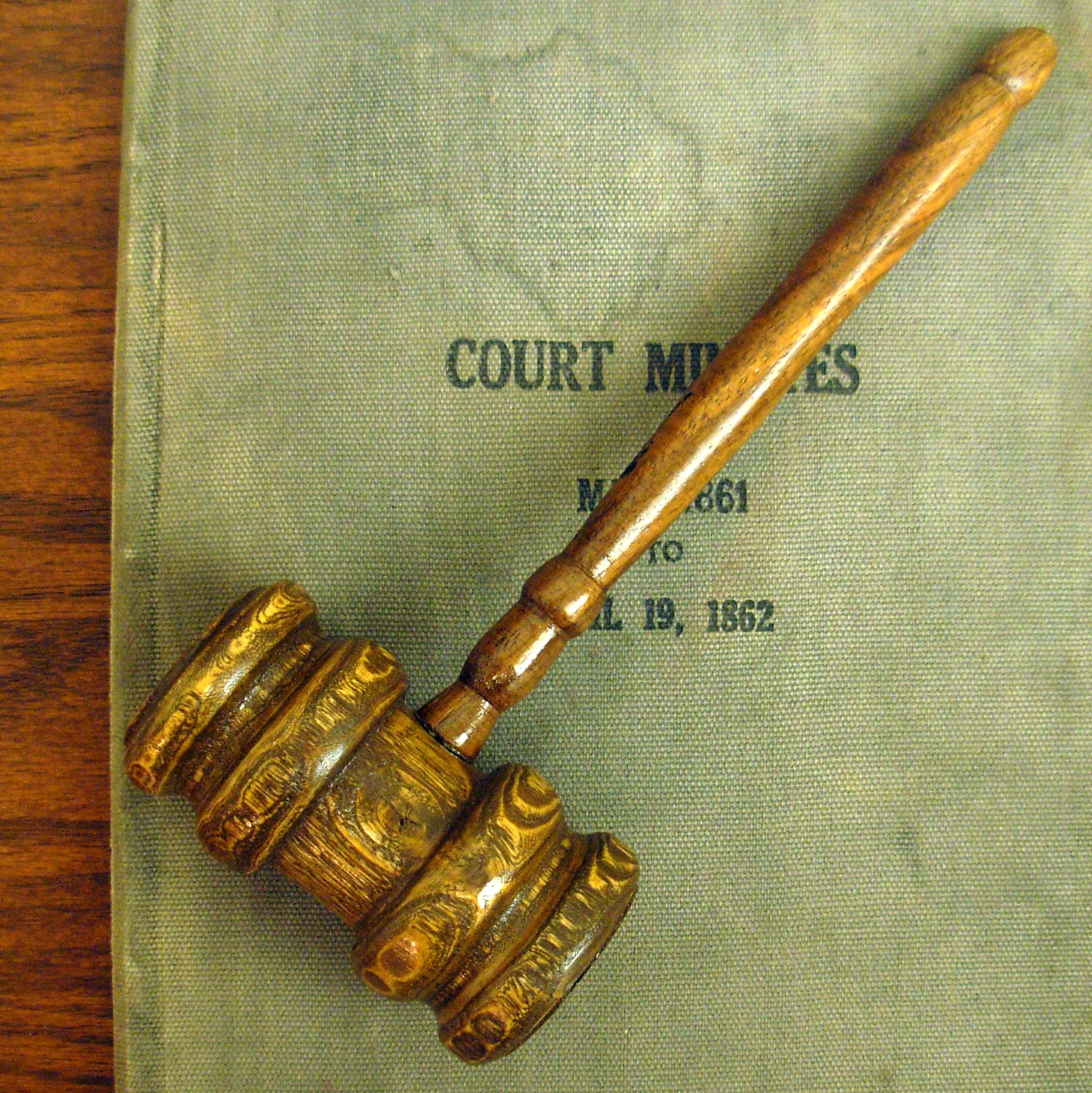Despite today’s ruling, I’m fairly certain that most Federal Firearm Licensees are not going to sell to out of state buyers until they have guidance from ATF telling them it’s OK to do so. I don’t know whether or not that guidance will be forthcoming, and the government is almost certain to appeal the ruling and ask the Court of Appeals to stay the judges injunction until the appeals court rules. So celebrate, because we did win a victory, but don’t run off to a neighboring state to buy a handgun just yet. The current ruling enjoins the federal government from enforcing that provision of the Gun Control Act, but they could be permitted to enforce it again in the not too distant future. FFLs will wait until this case is fully litigated before beginning sales of handguns to out-of-state residents.
I saw someone ask whether this ruling would mean the approved handgun roster in Massachusetts would become dead letter in effect, if not in law. Keeping in mind I’m a lay person and not a lawyer, by my reading of the law, it may. Massachusetts law allows for purchasing firearms out of state, provided that you register them within seven days. The law about selling only handguns on their roster only applies to Massachusetts licensed dealers. So a New Hampshire dealer, not being a Massachusetts licensee, would not violate Massachusetts state law by selling an unapproved handgun. Federal law requires that the sale not violate the laws of either state. In this case it does not. California is another story, since it prohibits residents from buying out of state. Of course, all Massachusetts would have to do is, in the definition of licensee, add federally licensed dealers, and then out-of-state dealers would be forced to comply. So in short, it could endanger the handgun roster, but I’d be surprised of the legislature doesn’t change the law to preserve it. Of course, given the lack of guidance from ATF, chances are no out-of-state dealer would be willing to sell an off roster gun to a MA resident.
While private sales were not specifically challenged in this case, because of how federal law is worded, 922 (a)(3), which prohibits interstate transfers between non-licenseees, had to be struck in order to allow interstate sales through an FFL after 922(b)(2) was struck, since it would have been illegal to bring a firearm back after you purchased it. However, 922 (a)(5) was not enjoined, so it remains illegal to sell a firearm to someone from out of state, and so under conspiracy would also be illegal to buy from a seller if you’re not a resident of the same state as the seller. Again, I would ensure that everyone is aware that just because they are enjoined today does not mean they will be enjoined tomorrow, so there would be risk in conducting any interstate transfer that wouldn’t have been legal yesterday.
UPDATE: I’ve revised this post to incorporate some new information, and to make it more accurate. I’d also note on the scope of the ruling, Dave Hardy says that it’s unclear. I had previously thought it was worded such that it applied nationally, but then was told by someone who is an attorney that it would only apply in the 5th circuit. But Dave Hardy isn’t so sure.





